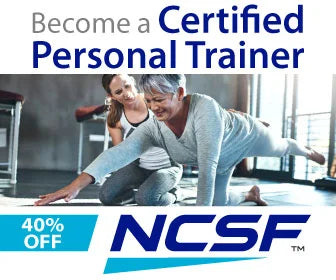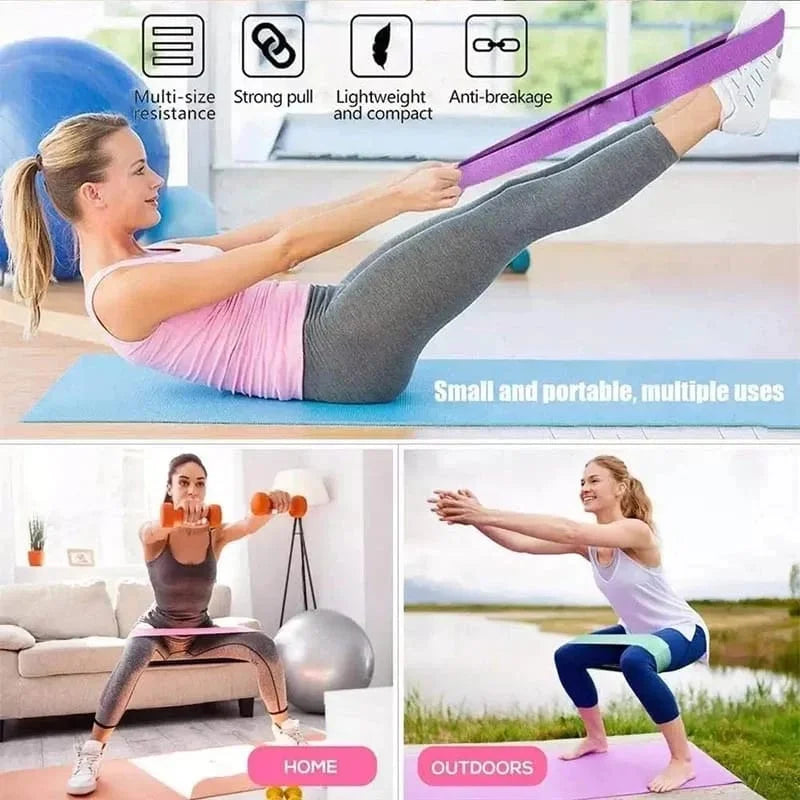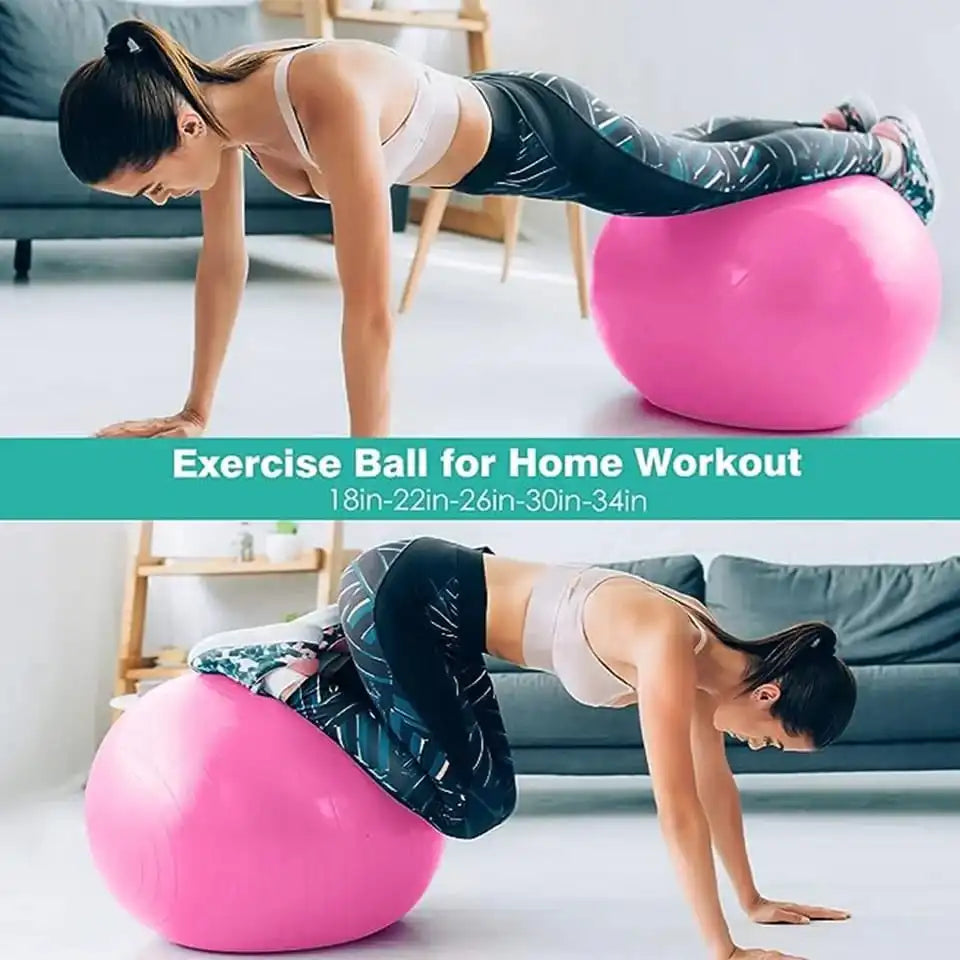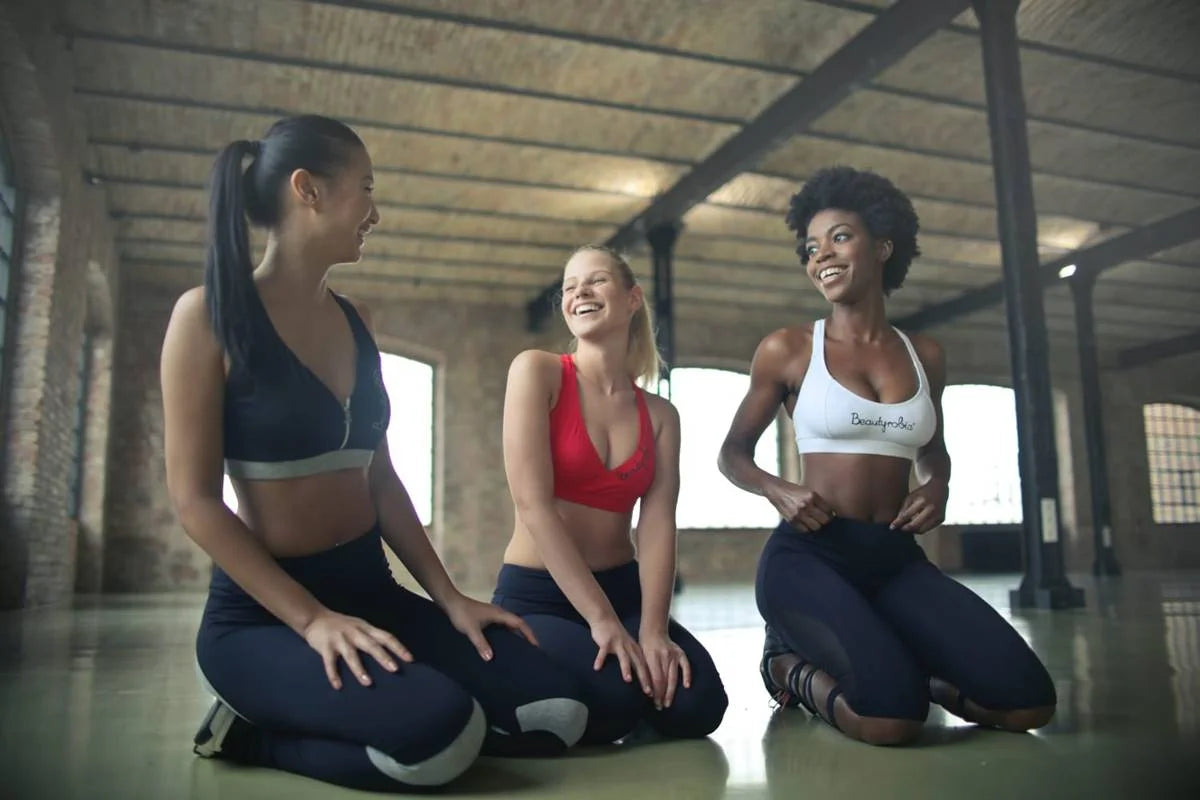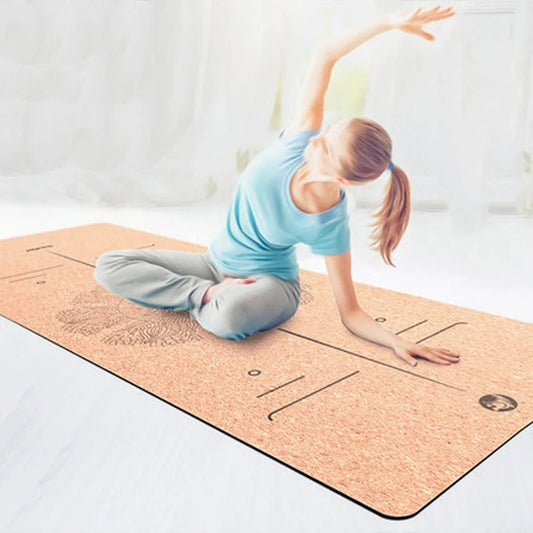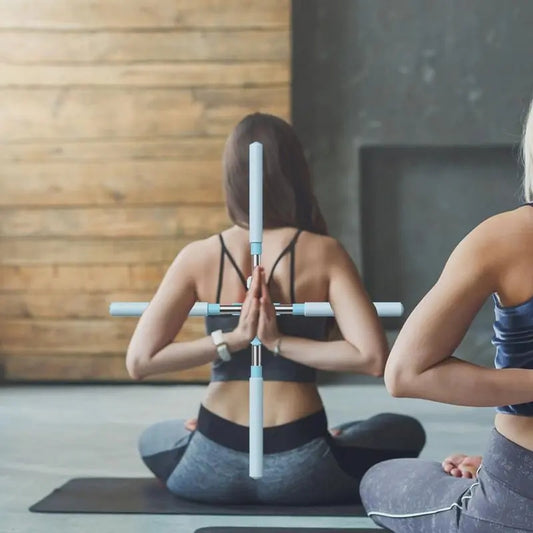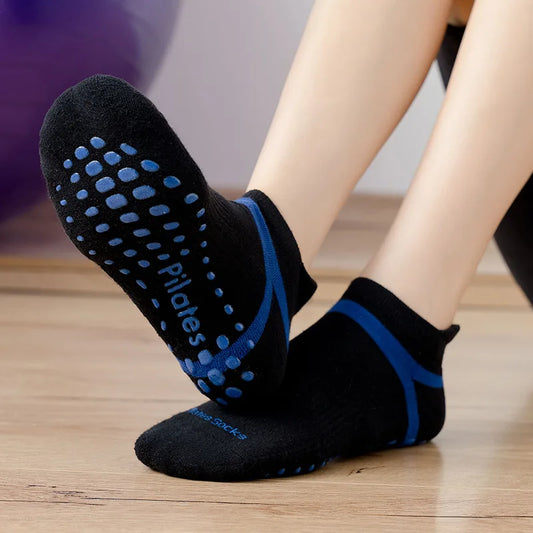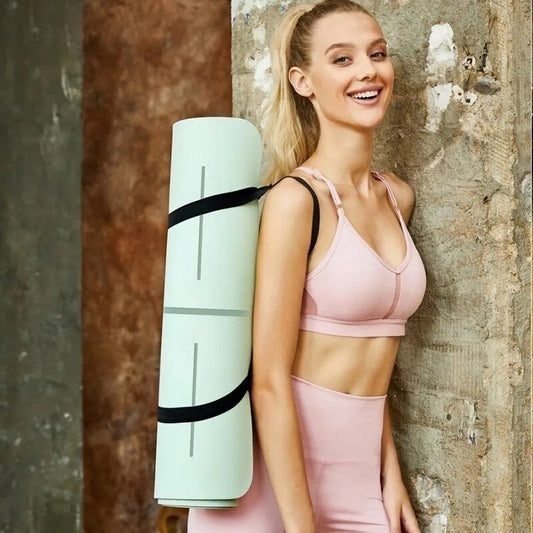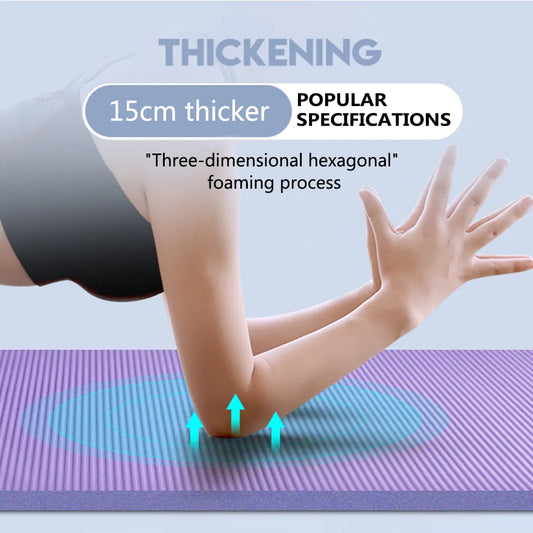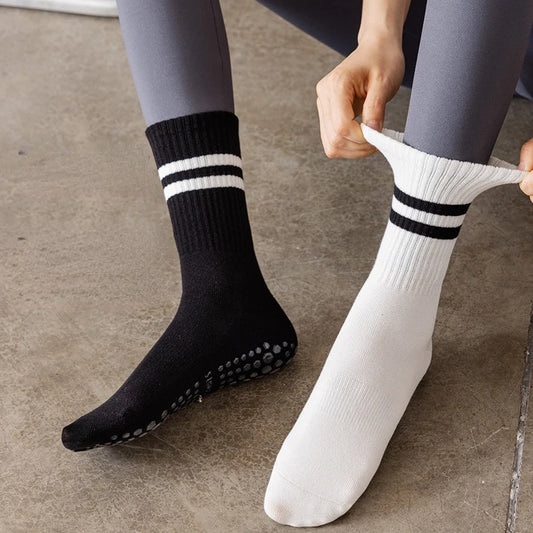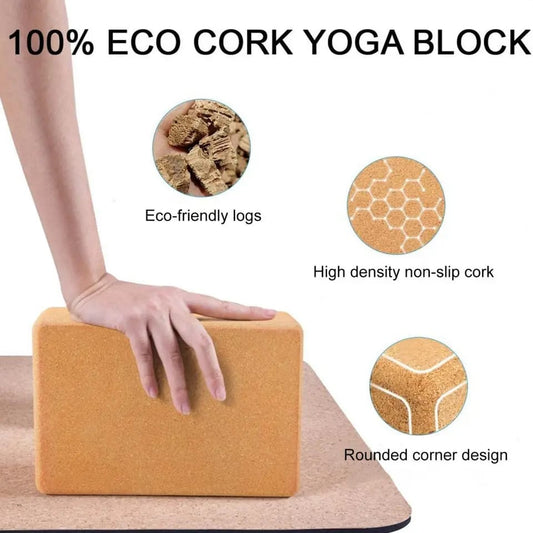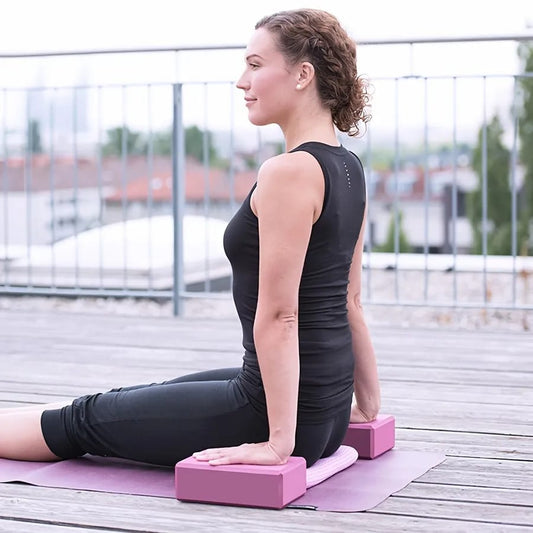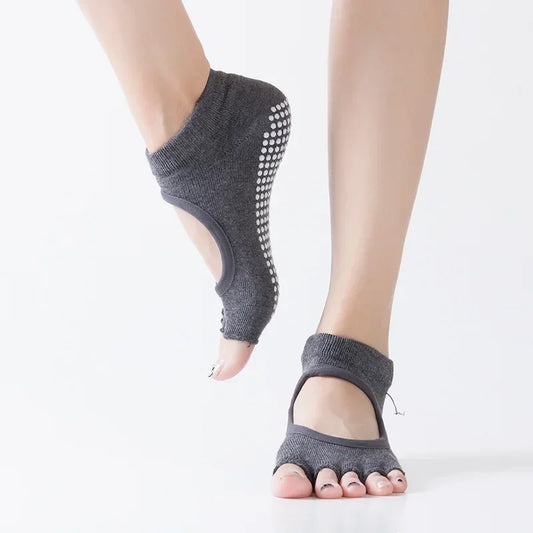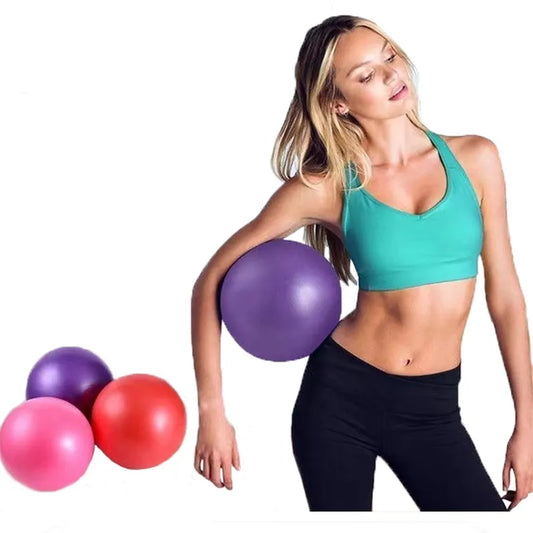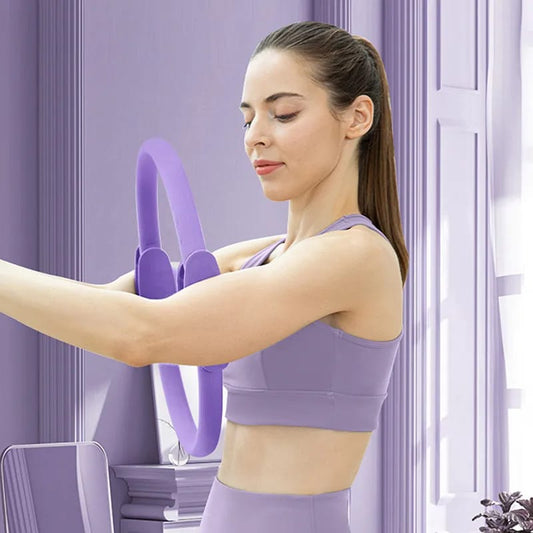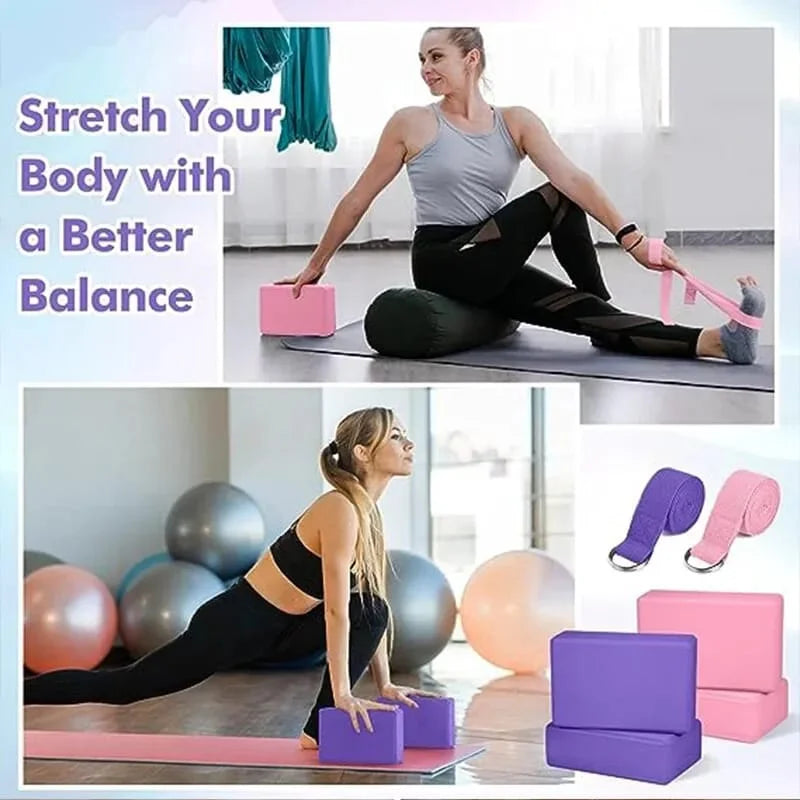Downward facing dog position, or Adho Mukha Svanasana, is a fundamental yoga pose that stretches and strengthens the entire body.
It is often used as a transitional pose and is part of many yoga sequences, including Sun Salutations.
How to Perform Downward-Facing Dog (Adho Mukha Svanasana)
-
Start on All Fours:
- Begin in a tabletop position with your hands directly under your shoulders and your knees under your hips.
- Spread your fingers wide and press firmly into the mat.
-
Lift Your Hips:
- Tuck your toes under and, on an exhale, lift your knees off the floor.
- Straighten your legs as much as you can and lift your hips toward the ceiling.
-
Align Your Body:
- Aim to create an inverted V shape with your body.
- Keep your arms straight and your ears aligned with your upper arms.
- Your head should be in a neutral position, either looking down or slightly back between your legs.
-
Engage Your Muscles:
- Press your heels toward the floor. They don’t have to touch the ground, but the intention should be there.
- Firm your thighs and engage your quadriceps to help lift your kneecaps.
- Press into your hands and extend your spine, lengthening from your wrists to your hips.
-
Adjust as Needed:
- If you have tight hamstrings or shoulders, you can keep a slight bend in your knees.
- Distribute your weight evenly between your hands and feet.
-
Hold the Pose:
- Stay in Downward Dog for 5-10 breaths or as long as it feels comfortable.
- To release, you can drop your knees back to the mat into the tabletop position or move into Child’s Pose for rest.
Tips for Downward Dog
- Shoulder Alignment: Keep your shoulders away from your ears and avoid collapsing into your shoulders.
- Spine Lengthening: Focus on lengthening your spine rather than trying to touch your heels to the floor.
- Breathing: Maintain steady, deep breaths throughout the pose.
- Feet Placement: Your feet should be hip-width apart, and your hands should be shoulder-width apart.
- Adjust for Comfort: Use props like blocks under your hands if needed to make the pose more accessible.
Benefits of Downward Dog
- Full-Body Stretch: Stretches the hamstrings, calves, arches, hands, shoulders, and spine.
- Strengthens Muscles: Builds strength in the arms, shoulders, and legs.
- Improves Circulation: The inverted position helps increase blood flow to the brain.
- Enhances Flexibility: Regular practice can increase flexibility in the hips, hamstrings, and shoulders.
- Relieves Stress: Can help calm the mind and relieve tension, promoting relaxation.
Downward Dog is a versatile pose that can be used as a warm-up, a rest pose, or a transition between other poses.
It's a foundational posture that provides numerous physical and mental benefits when practiced regularly.

